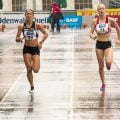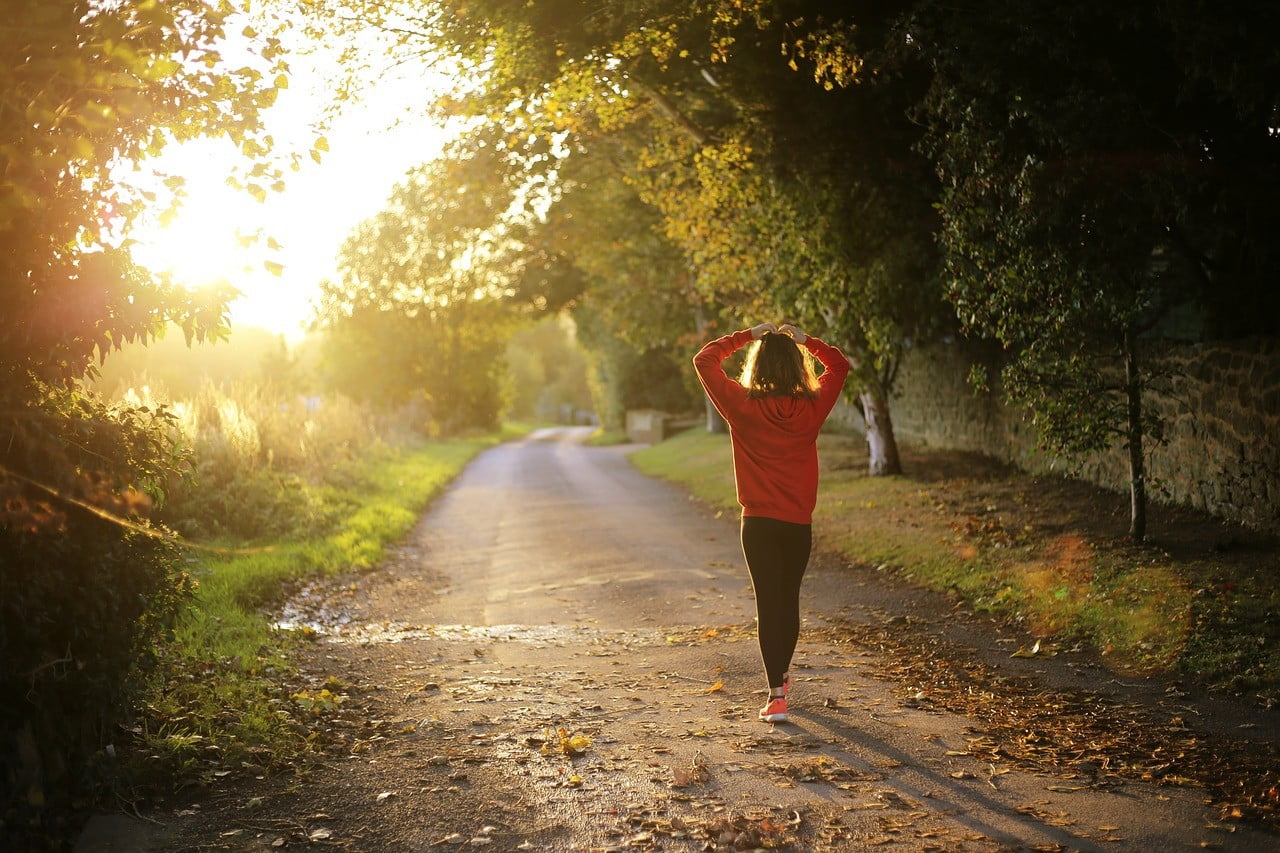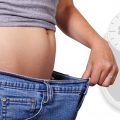Whenever the topic of running vs walking comes up it is usually in reference to weight loss. People want to know whether walking or running is more effective at burning calories. It’s an interesting debate. On the one hand running for an hour would burn many more calories than walking, on the other hand, how many people can run for an hour? In this article we will look to find a definitive answer as to which of the two methods of exercise is better.
Walking Vs Running for Weight Loss
Whether you walk or run for weight loss is dependent on your current level of fitness. If you have been training in the gym for months and wanted to add some cardio, then running would probably be a good idea. It can burn a lot of calories in a short period of time (particularly if you are sprinting or running intervals). It can also help you improve your sporting performance (provided your sport involves running). It will also massively improve your cardiovascular system. Click here to see all the benefits of running »
If you haven’t exercised since high school though, you should probably stay well clear of running. It may look low impact, but running has the highest injury rate of any sport. Running is a skill, and very few people have that skill. Walking on the other hand is easy to do, it can be enjoyable (bring a smartphone and listen to podcasts, audiobooks, or music), it can easily fit into your daily schedule, and it can be sociable. Click here to read more about the benefits of walking »
Aiming to hit 10,000 steps per day can provide a challenge that many overweight and unfit people would benefit from attempting to achieve. It’s the slow and steady wins the race approach to fat loss, and this will always lead to the most success – provided the person involved has the motivation to succeed.
Power Walking Versus Running
What’s great about walking is that it can improve your fitness, help you lose weight, and it can also lead to eventually progressing to running. First by upgrading to power walking. This is a faster form of walking, you increase your speed and can bring your arms into this, using them to drive you forward in a similar way to running.
You will burn more calories than walking, improve your cardiovascular system even more, and you will be able to travel further, hitting your 10,000 step target in a quicker time. Power walking has an advantage over running in that it’s still an easier skill to learn, making it easier to master, and less likely to result in injury.
Of course you can always combine the two, particularly when you want to upgrade from walking to running. Start off with regular walking as a warm up, then increase the speed to power walking, eventually you can increase your speed and start to run.
Once you feel out of breath you can return to walking, and when you’re ready repeat the whole process again. Soon you will be able to power walk and run for longer and longer, and you will be able to ditch the regular walking.
Walking Vs Running Bodybuilding
For the most part bodybuilders avoid any form of cardio in favor of more weights! Remember that even weight lifting is a form of cardio. But when it comes time to cut fat for a show or perhaps a competition they need to drop as much fat as possible. Historically bodybuilders have always favored low intensity steady state cardio (LISS). This could be walking on a treadmill, cycling on a recumbent bike, jumping on a cross trainer, or using the step machine. It is very rarely running.
But just because something is commonly done, doesn’t mean it is always right. Some bodybuilders have begun to experiment with high intensity interval training, to save themselves time, and to burn as many calories as possible. As good as long cardio sessions are, they can be quite repetitive and boring.
So which form of cardio would be best for bodybuilders?
The answer is whichever form you prefer, but walking may have a few more advantages. Remember that as a bodybuilder you are on a cut, meaning that your calories will be lower than usual and therefore your energy. This may not be the best time to be putting all of your energy into sprint interval training, not when you have chest and arms in the afternoon, or legs the next day.
Choosing walking means that you can split the walking up throughout the day too! Technically you can do that with running, but you’d need to shower after each run and change your clothes (provided your hygiene is important to you). Whereas walking you could do 30-60 minutes in the morning, 30 minutes around lunch time, and 30-60 minutes in the evening. With enough time and energy left over to workout.
Learn To Walk Before You Run
You may be wondering which form of cardio to take up, and some of you still may not be convinced that walking is the answer. Do you lose more weight walking or running? Well whichever one you spend the most time and energy doing will work for you, and most people couldn’t run 100m. So walking is definitely the answer. There will be a time when walking won’t be enough, and that is a good excuse to get out the running shoes.
Adding in some short runs to your week, while still ensuring that you manage to walk your 10,000 steps per day (you can include the steps from running into that total by the way) will help raise your metabolism, and help you to lose weight. After you have got used to running short distances you can increase the distance you run, or increase the speed at which you run it. Then you can start to learn how to sprint, and burn even more!
At the end of the day, it doesn’t matter how you get your exercise done, so long as you do it. If you hate the idea of running then feel free to walk, lift weights, and cycle your way to a better body. But if you fancy yourself as the next Mo Farrah or Usain Bolt, then get out there and do it!






